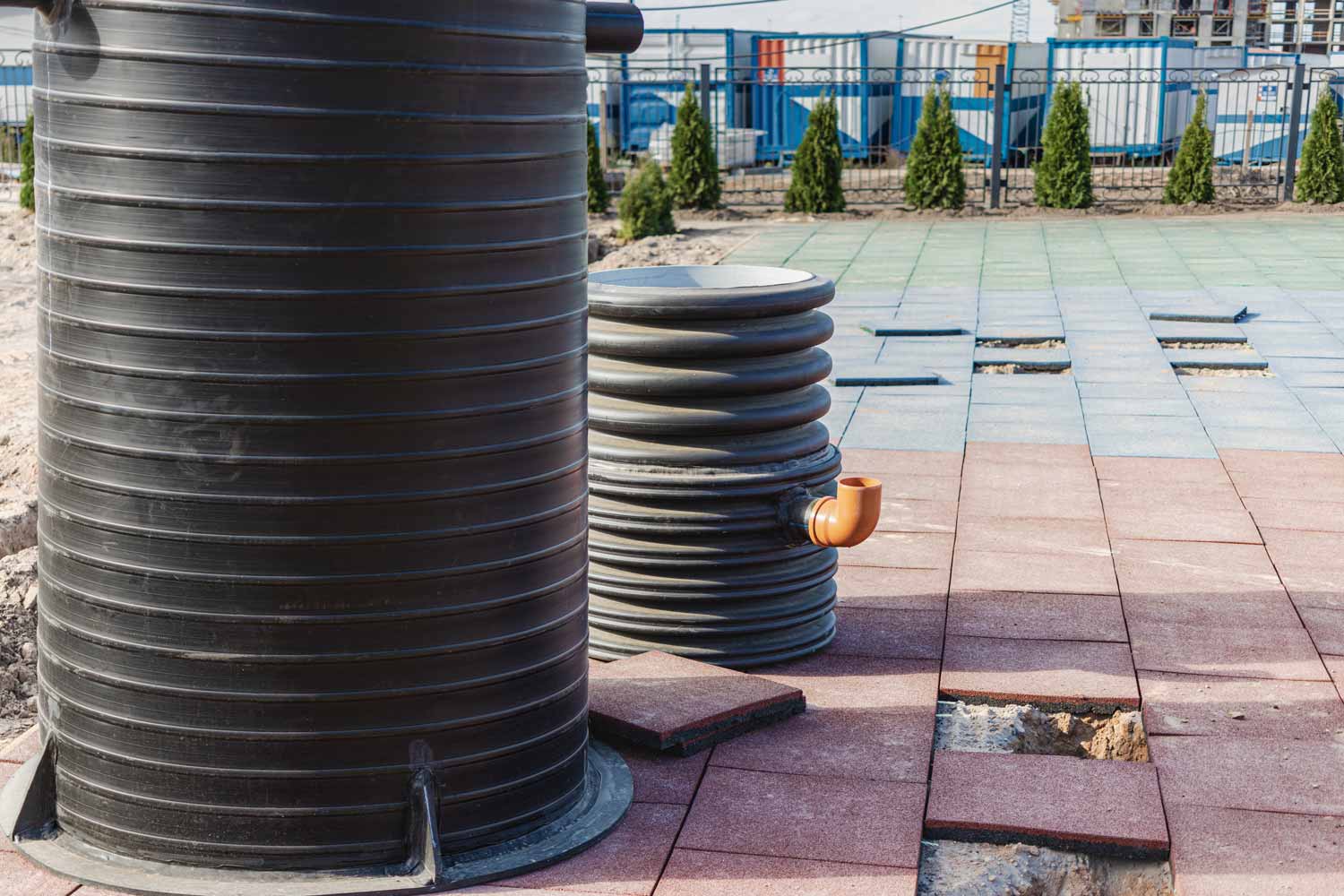Choosing the right septic system is crucial for effective waste management and environmental protection. A septic system is a self-contained wastewater treatment system commonly used in areas without centralized sewer systems. It treats and disposes of household wastewater onsite. Understanding the different types of septic systems and how they work is essential for homeowners to make an informed decision. Read more.
Types of Septic Systems
- Conventional Systems: A septic tank and a drain field are the most common. Waste flows into the tank, solids settle at the bottom, and liquid effluent flows into the drainfield for further treatment. While cost-effective, they require significant land area and can be unsuitable for rocky or compact soils.
- Chamber Systems: Similar to conventional systems, use open-bottom chambers instead of gravel in the drain field. They’re ideal for areas with high groundwater levels or limited land space. Chamber systems are more expensive than conventional systems but provide better treatment in certain soil types.
- Drip Distribution Systems: These use a series of tubes to drip effluent into the soil, providing more uniform distribution. They work well in areas with limited land or irregular terrain. However, they require a pump and regular maintenance, making them more costly.
- Aerobic Treatment Systems: These systems introduce oxygen to promote bacterial growth, accelerating waste decomposition. Excellent for high water table areas, they require electricity and regular maintenance, adding to their cost.
- Mound Systems: Designed for shallow soils over bedrock or high water tables, they use a raised leach field to provide extra treatment. Mound systems are more visible and expensive but are a necessary option where other systems fail.
- Sand Filter and Constructed Wetland Systems are specialized systems for specific conditions. Sand filters are good for limited space and poor soil, while constructed wetlands mimic natural wetlands to treat wastewater.
Factors Influencing Septic System Choice
Choosing the right system depends on several factors:
- Soil Type and Property Size: Percolation tests determine soil suitability for different systems. More significant properties can accommodate conventional systems, while smaller ones may need alternative designs.
- Local Regulations and Codes: Compliance with local health and environmental regulations is mandatory. Regulations dictate the type of system allowed based on location and environmental impact.
- Water Table and Flooding Risks: High water tables or flood-prone areas require aerobic or mound systems to prevent contamination.
Cost Considerations
The cost is a significant factor in choosing a septic system:
- Initial Installation Costs: Conventional systems are generally cheaper to install. While more expensive initially, alternative systems often offer better long-term solutions in challenging environments.
- Long-term Maintenance Costs: Maintenance costs vary. Aerobic systems require more frequent servicing, while conventional systems have lower ongoing costs but may need significant repairs or replacement sooner.
Environmental Impact
Eco-friendly options are increasingly important:
- Eco-Friendly Options: Systems like constructed wetlands are environmentally friendly, treating wastewater naturally.
- Sustainability Concerns: Choosing a system that minimizes environmental impact while efficiently treating wastewater is crucial for sustainability.
Choosing the Right System for Your Needs
To select the best system:
- Assessing Individual Needs: Consider property size, soil type, local regulations, and budget. No one-size-fits-all solution exists.
- Consulting with Professionals: Septic system professionals can provide valuable advice based on your circumstances.
Maintenance and Care
Proper maintenance is vital to the longevity of your septic system:
- Best Practices for Septic System Maintenance: Regular inspections, pumping the tank every 3-5 years, and avoiding flushing harmful materials can prolong the life of your system.
- Common Issues and Solutions: Problems like clogs or leaks require immediate attention. Regular maintenance can prevent many issues.
Conclusion
Choosing the right septic system requires careful consideration of various factors, including environmental conditions, local regulations, and budget. While conventional systems are famous for their simplicity and cost-effectiveness, alternative systems offer solutions for challenging environments. Consulting with professionals and understanding the maintenance needs of each system type will guide you in making the best decision for your property. Remember, a well-chosen and properly maintained septic system serves your needs and protects the environment.
This post was written by Allan
December 1, 2023
Back to Blogs

